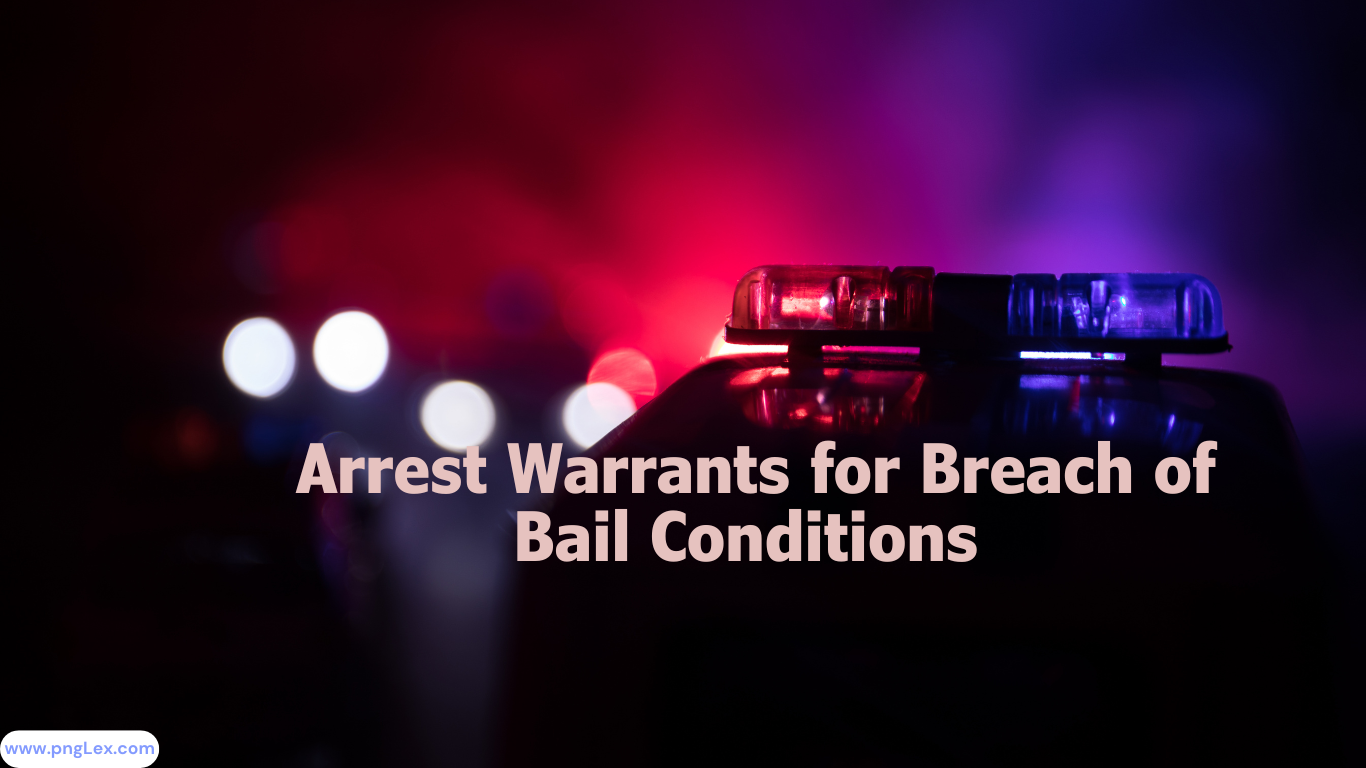Arrest warrants are essential for maintaining legal order, especially in cases of bail breaches. The Arrest Act (Chapter 339), Part III, provides a detailed framework for issuing and executing warrants for breaches of bail conditions. This blog post explores the key provisions, their implications, and real-world examples to enhance understanding.
Issuing Arrest Warrants for Bail Breaches
Courts, other than Local Courts, hold the authority to issue arrest warrants when there are reasonable grounds to believe a person has breached their bail conditions. This provision ensures that individuals who fail to comply with bail terms face legal consequences. It helps maintain the integrity of the judicial process by holding individuals accountable.
For instance, if a defendant on bail for a serious offence fails to report to their parole officer, the court might issue an arrest warrant. Similarly, if someone violates a curfew set as a bail condition, a warrant ensures their immediate apprehension.
Restrictions on Bail After Arrest
A significant aspect of this provision is that individuals arrested for breaching bail conditions cannot be granted bail by a policeman. They must be brought before a court without delay. This ensures a swift judicial review and prevents further breaches, safeguarding the judicial process.
In practical terms, if a person arrested for a bail breach is deemed a flight risk, they remain in custody until a court hearing. This prevents further evasion and ensures they face legal proceedings promptly.
Directing Arrest Warrants: Ensuring Effective Enforcement
The Act provides flexibility in directing warrants, which can be addressed to a named individual, the officer in charge of police in a specific area, or all police members. This flexibility ensures that the warrant reaches the most appropriate enforcement authority.
For example, if a suspect frequently moves between regions, the warrant might be directed to all police members. Conversely, if the suspect is known to stay in one locality, the local police officer might receive the warrant.
Form and Clarity of Arrest Warrants: Legal Precision
To maintain legal integrity, a warrant must clearly name or describe the person it targets. It should briefly state the offence or the nature of the information on which it is founded. Additionally, it must order the recipient to arrest the defendant and present them before a court. This ensures that all involved parties understand the warrant’s basis and required actions.
Execution of Warrants: Ensuring Compliance
The execution of warrants allows the directed person, with necessary assistance, to arrest the individual named in the warrant. This process ensures that law enforcement can act decisively and legally.
Consider a scenario where a defendant with a history of violent behavior breaches bail conditions. Multiple officers might be involved in the arrest to ensure safety. Another example is a suspect involved in organized crime, where coordinated efforts are necessary for successful apprehension.
Examples and Applications of Arrest Warrants
In a case where a defendant on bail for fraud fails to attend court hearings, a warrant ensures their prompt arrest and court appearance. Another example could be in a domestic violence case where the suspect violates a no-contact order, necessitating immediate arrest to protect the victim.
In conclusion, the Arrest Act (Chapter 339) outlines crucial procedures for issuing and executing arrest warrants for bail breaches. These provisions ensure that individuals comply with bail conditions, maintaining the judicial process’s integrity and public safety. Understanding these legal frameworks helps appreciate the balance between justice and individual rights.




About the author